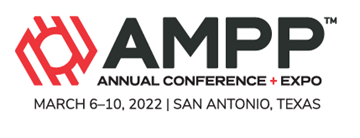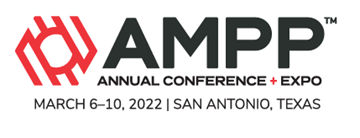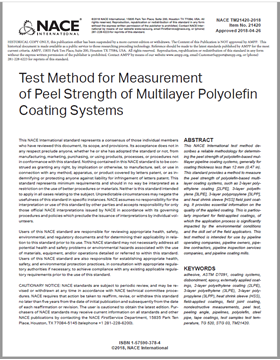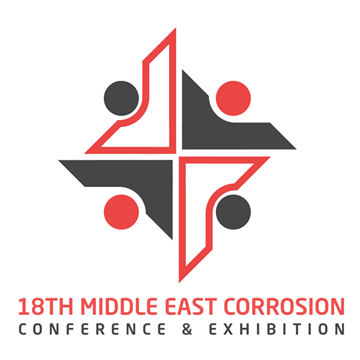Search
Products tagged with 'epoxy'
View as
Sort by
Display
per page
Handling Extreme Environments With Supoxy Platform Technology
Product Number:
51322-17643-SG
Publication Date:
2022
$20.00
How A Single-Coat, Non-Hazardous Epoxy Saves Charlotte Water Money In The Long Run
Product Number:
51322-17988-SG
Publication Date:
2022
$20.00
Improving the Performance of Epoxy-Polysiloxane Coatings
Product Number:
41215-907-SG
Publication Date:
2015
$20.00
Is Your Waterborne 2K Epoxy Formulation Giving You a Headache? Here is the Cure!
Product Number:
41214-854-SG
Publication Date:
2014
$20.00
Leak Mitigation of Dynamic Cracks in Concrete
Product Number:
41216-982-SG
Publication Date:
2016
$20.00
Mesh Free Epoxy Passive Fire Protection - The Challenge: Advancements in Intumescent Epoxy Rapid Rise Passive Fire Protection Reduced Labor and Installation Costs
Product Number:
41214-867-SG
Publication Date:
2014
$20.00
NACE TM21420-2018, Test Method for Measurement of Peel Strength of Multilayer Polyolefin
Product Number:
21420-SG
Publication Date:
2018
$179.00
NACE TM21420-2023, Test Method for Measurement of Peel Strength of Multilayer Polyolefin Coating Systems
Product Number:
NACE TM21420-2023
Publication Date:
2023
$109.00
Novel Acrylic Epoxy Hybrid Coatings for Metal Protection Applications
Product Number:
41216-966-SG
Publication Date:
2016
$20.00
Novel Internal Coating System for High Concentration H2S Environments
Product Number:
MECC23-19951-SG
Publication Date:
2023
$20.00
Overview of latest advances in measuring and understanding cathodic protection current permeability by organic coatings
Product Number:
51320-14685-SG
Publication Date:
2020
$20.00
Overview Of Latest Advances In Understanding The Limited Ability Of Fusion Bonded Epoxy To Stop Corrosion Within Disbondments
Product Number:
51321-16808-SG
Publication Date:
2021
$20.00












